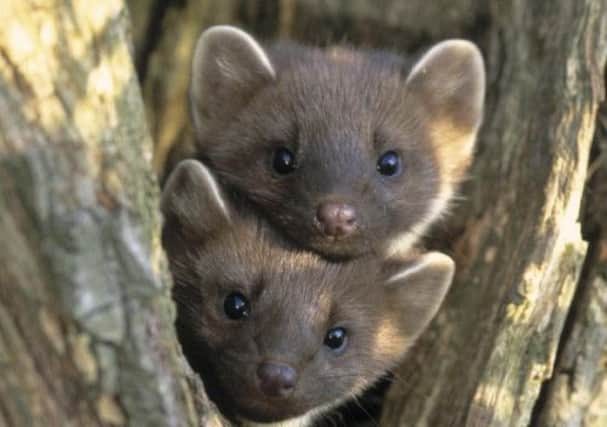Pine martens showing signs of population recovery


A joint survey by Scottish Natural Heritage (SNH) and the Vincent Wildlife Trust (VWT) has shown that the pine marten population has regained ground across much of Scotland. And it is now re-colonising areas where local pine marten populations were wiped out more than a century ago.
An SNH spokesman said: “From Argyll to Aberdeenshire, and Caithness to the Central Belt, the pine marten is proving that rare mammals can recover their numbers, given the right conditions.
Advertisement
Hide AdAdvertisement
Hide Ad“Pine martens are now present in many eastern parts of the country, including Caithness; Moray; much of Perth and Kinross; Aberdeenshire and Angus and parts of Fife. They have also moved south into southern Argyll; the Trossachs; much of Stirlingshire and some parts of the Central Belt.
“In the Year of Natural Scotland, it is a real success story for an animal which has vanished from much of England and Wales.”
Lizzie Croose, VWT’s survey coordinator, said: “At a time when some native mammals are declining it is fantastic to see the pine marten population is recovering and expanding its range in Scotland. Pine martens are still absent from much of Britain so the recovery in Scotland is significant.”
Rob Raynor, mammals advisor at Scottish Natural Heritage, also welcomed the survey results. He said: “This is good news for one of Scotland’s most iconic animals and it is reassuring that this formerly rare and persecuted mammal is now making a comeback in some of the more populated parts of the country.”
The pine marten suffered a major population decline in the 19th Century as a result of historical persecution and woodland loss and by the early 20th century it was extinct throughout much of Britain. Small populations survived in Wales and the Marches and in areas of northern England, but the most viable populations were only found in North West Scotland. The species was given full legal protection in 1988.